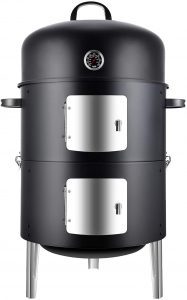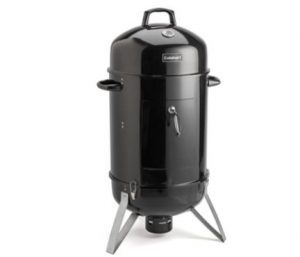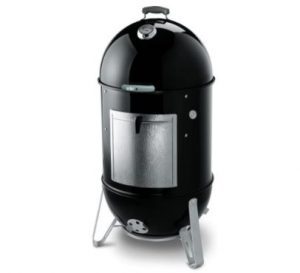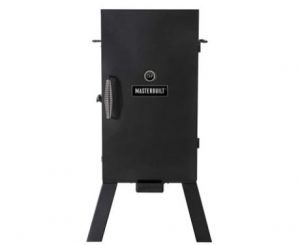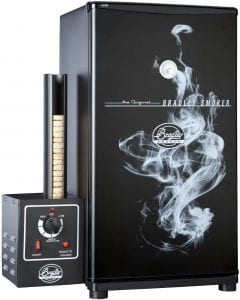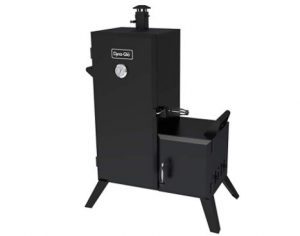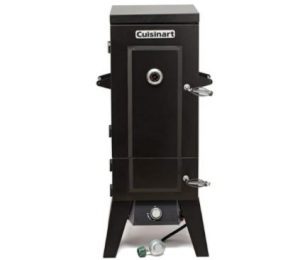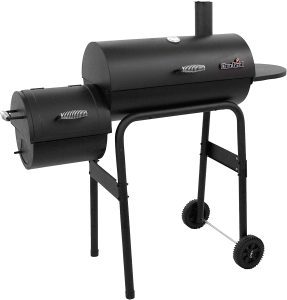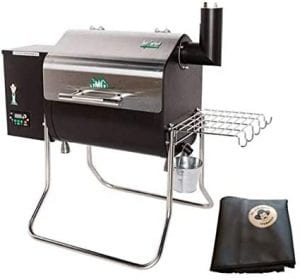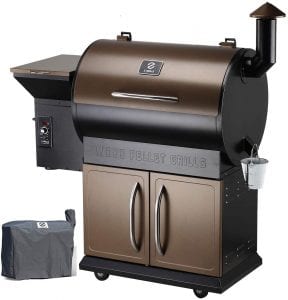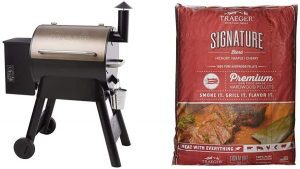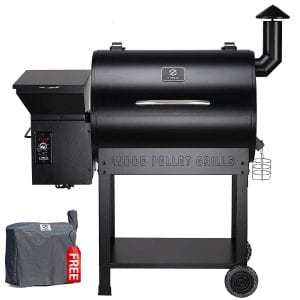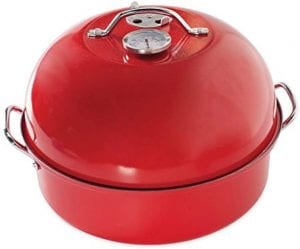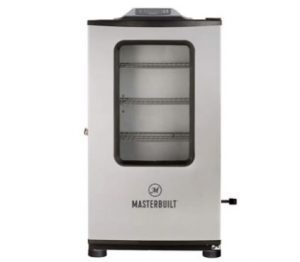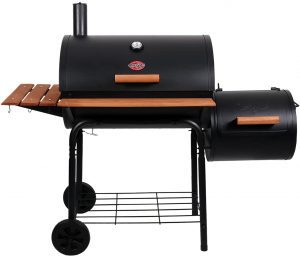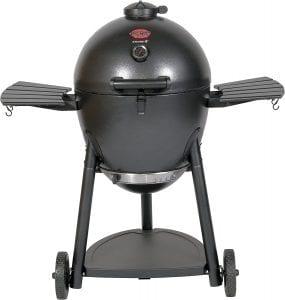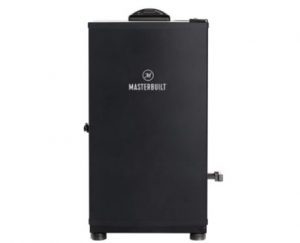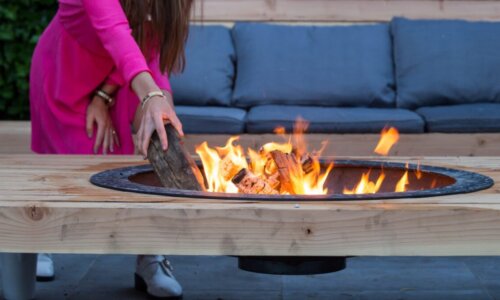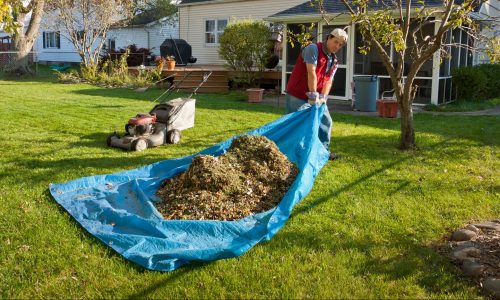The Best Smoker
We looked at the top 17 Smokers and dug through the reviews from 51 of the most popular review sites including and more. The result is a ranking of the best Smokers.
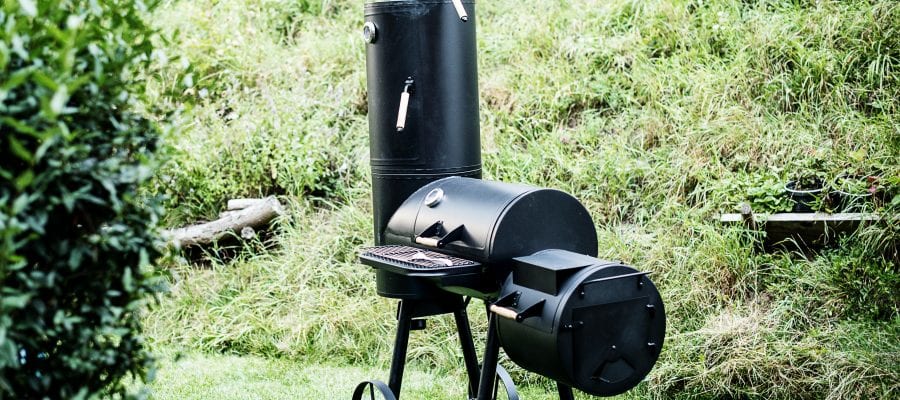
Our Review Process
Don't Waste Your Money is focused on helping you make the best purchasing decision. Our team of experts spends hundreds of hours analyzing, testing, and researching products so you don't have to. Learn more.
Our Picks For The Top Smokers
- 1. Realcook Built-In Thermometer Multifunctional Smoker
- 2. Cuisinart COS-118 Dual Air Vent Latching Smoker
- 3. Weber Smokey Mountain Porcelain Enameled Lid Smoker
- 4. Masterbuilt MB20070210 Built-In Temperature Gauge Smoker
- 5. Bradley Stainless Steel Heat Control Smoker
- 6. Dyna-Glo DGO1176BDC-D Adjustable Charcoal Management Smoker
- 7. Cuisinart Seal Tight Front Door Thermometer Smoker
- 8. Char-Broil Combination Steel Smoker
- 9. Green Mountain Grill Davy Crockett Wifi Grill & Smoker
- 10. Z Grills Smart Digital Controller Smoker
- 11. Traeger Pro Series Premium Wood-Pellet Smoker
- 12. Z Grills Wood Pellet Induction Fan BBQ Grill & Smoker
- 13. Nordic Ware Compact Domed Smoker
- 14. Masterbuilt Smart Front Window Smoker
- 15. Char-Griller Traditional Grill Barrel Smoker
- 16. Char-Griller Kamado Slow Cooking Easy Clean Smoker
- 17. Masterbuilt Fully-Insulated Wood Chip Loader Smoker
Cook your favorite meats to perfection with this high-quality smoker. The unit actually serves as a barbecue grill and a fire pit, in addition to being used as a smoker. Home chefs will appreciate the smoker's built-in thermometer, porcelain-enameled water pan and locking system for added safety.
Most EconomicalThis budget-friendly smoker gets the job done without the high price tag.
Durable is the best word to describe this smoker, which weighs a solid 35 pounds. The unit can handle both big and small jobs and features a set of stainless steel racks that won't rust over time. Thanks to the dual air vents, you'll also find it easier to control the heat in this smoker.
Safe and SturdyYou'll find this smoker is available in a choice of 16 or 18 inches. You can even pick up the optional cover if you plan on leaving the unit outside.
Need a full rack of ribs smoked? This smoker lives up to its name and can handle them without having to break them in two. The heat is a snap to adjust and the entire unit holds temperature consistently throughout.
Big Jobs Made EasyThis smoker can feed a crowd with professional grade temperature control.
You won't have any trouble keeping this smoker clean. It comes with a wood chip tray that slides out, so you can quickly remove the ashes. The unit is equipped with a 1,500-watt heating element, as well as a dial that allows you to quickly adjust the temperature inside the smoker.
Even and ConsistentEach of the three shelves in this smoker have a chrome coating that is extremely durable.
Buying Guide
What does summer smell like? Depending on where you live, it might be a mix. Suntan lotion. Freshly mown grass. And of course, the mouth-watering scent of ribs or brisket in a smoker.
For many outdoor chefs, their smoker is more important than any appliance or piece of cookware in the kitchen. It allows you to simultaneously cook meat while imparting a crucial smoked flavor, the latter of which is attained by exposing it to burning wood of some kind. There are several basic styles of smoker. Some will directly use the burning wood to generate heat, while some will pipe in smoke while heating up the food by gas or electric means.
As experienced pitmasters can tell you, there’s a delicate art to the process of smoking meat. Even the most advanced smokers will require a bit of attention as the meat makes its long journey to perfection. But since you’ll most likely be outdoors and can do those adjustments with a drink in hand, that’s part of the appeal.
If this is your first time owning a smoker, you probably have a budget in mind, and there are a wide range of price points among most of the different types. But you’ll also want to consider what you’re cooking, and who you’re cooking it for. Will you be bringing your setup to a tailgate, or keeping it in the backyard for family gatherings? Do you plan to feed the entire bowling team every week, or just the immediate family every once in a while? Portability, versatility, internal capacity and ease of use are all relevant factors and can make the difference between your smoker being a trusted appliance or an eyesore taking up space in the garage.
If you’re new to the practice of smoking meat, you will probably want to stick with a model that lets you control the temperature easily and precisely. That means either an electric smoker or a simple charcoal-burning type.
Of the two, electric smokers are likely the easiest to cook with. They’re so easy, in fact, that many brisket and BBQ competitions won’t allow chefs to use them. They can come in many different shapes and configurations, but in all cases the main work of the cooking is done by electric heating coils. On top of that, wood chips or pellets can be loaded to supply the smoked flavor (or omitted entirely, if you’re just using it to grill). In most cases, electric smokers won’t give you the full smoky flavor of more traditional models, but their precise temperature control makes them ideal for the “set it and forget it” style of cooking.
Charcoal-burning smokers are all about the fuel. They get both their heat and smoke directly from the charcoal, and they too can come in a few different styles. Drum smokers are the simplest configuration, and the most basic ones might actually be just a standard steel barrel that’s been repurposed for grilling. (There are kits you can buy to convert one if you’re feeling ambitious and have the right tools). The simplest drum smokers couldn’t be easier to fire up: Just load some charcoal in the bottom, light it and cook the food on a tray at the top. This can be fine for chicken, but it will take some special care to prevent pork or more delicate meats from drying out.
Vertical or “bullet” charcoal smokers add the crucial innovation of a water pan between the heating element and the food. That keeps your ribs and brisket from drying out and helps regulate the temperature a bit better. Basic bullet smokers are among the cheapest on the market, but more full-featured and sturdy brands such as the Weber Smokey Mountain are widely used by competing barbecue chefs.
An increasingly popular type is the pellet smoker, which uses a little more technology to get that direct wood-smoked flavor. It uses hardwood pellets that burn more slowly than less refined wood chips, saving a little fuel and making the heat level more consistent. They also produce less ash and residue than more traditional fuels. Pellet smokers can turn out some great flavor for relatively little effort, but the price point tends to be higher.
If you’re looking for performance on a more modest budget, the Masterbuilt smokers can be a good bet. Most of them are first and foremost for smoking meats and have plenty of internal racks. Their durability and smaller profile makes them more ideal for smaller patio spaces, but the tradeoff is less capacity for crowd-pleasing meals.
On the opposite side of the size spectrum, there are offset smokers. These units are broken into two chambers: A larger one reserved for the meat and main heating element, and a side compartment where wood or charcoal is burned. The smoke fills up the cooking chamber through a vent and gives the food an even, smooth flavor — provided it is well-designed with a proper airflow system. Beware of cheaper offset smokers that will produce uneven heat distribution along with erratic flavor.
Bear in mind that most smokers can do double duty as standard grills (among other cooking methods), but all of them will take a bit of getting used to for the novice. Luckily, practice doesn’t only make perfect. In this case, you’re bound to make some great meals along the way.
Why we recommend these smokers?
Products Considered
Products Analyzed
Expert Reviews Included
User Opinions Analyzed
Our experts reviewed the top 17 Smokers and also dug through the reviews from 51 of the most popular review sites including and more. The result is a ranking of the best of the best Smokers.
DWYM is your trusted roduct review source. Our team reviews thousands of product reviews from the trusted top experts and combines them into one easy-to-understand score. Learn more.
What to Look For
- What kind of fuel should you use with your smoker? In a lot of cases, you’re limited to the kind that the smoker is engineered to use. In others like electric grills and drum smokers, you’ve got a bit more leeway. Hardwood pellets will burn the slowest and produce the least ash, so they’re a good happy medium. You can use sawdust for fish or other meats that don’t need a lot of heat. As a bonus, it’s by far less expensive. Wood chips burn the fastest, but you can mitigate that by soaking them in water to produce a nice smolder.
- No matter how well you’ve got your cooking technique down, you’re still cooking outdoors. Weather can introduce variables that can wildly alter your cooking time, so take precautions. If you’re using your smoker in cold weather, make sure it’s got proper insulation so it doesn’t lose heat. High winds can cause the opposite problem, stoking your charcoal or wood chips higher than you might like. In either case, you can buy special tarps to cover your smoker and keep conditions steady.
- If you’re not set on getting a smoker, check out the 12 best grills according to grill masters.
More to Explore
Brisket wasn’t always the go-to smoked meat that it is today. As the story goes, this fat-heavy cut of steak was only deemed fit for ranch hands and other lower-tier employees of the early cattle barons in the days of the Old West. The joke was on them: Patient chuck wagon cooks discovered that of you cooked the meat for long enough over low heat, you had something truly special.

